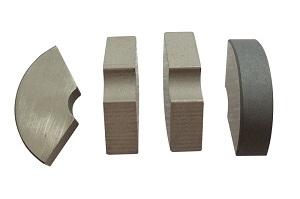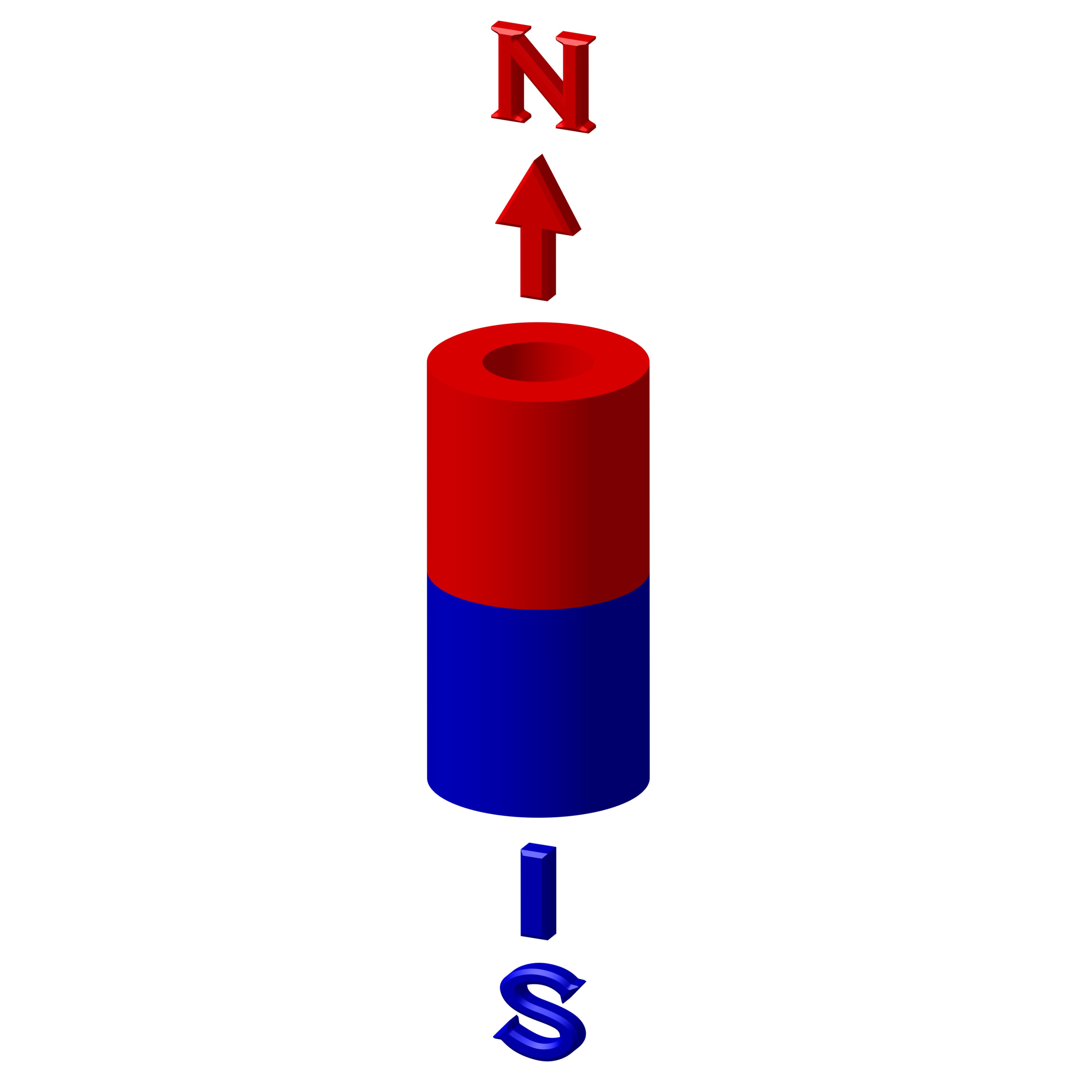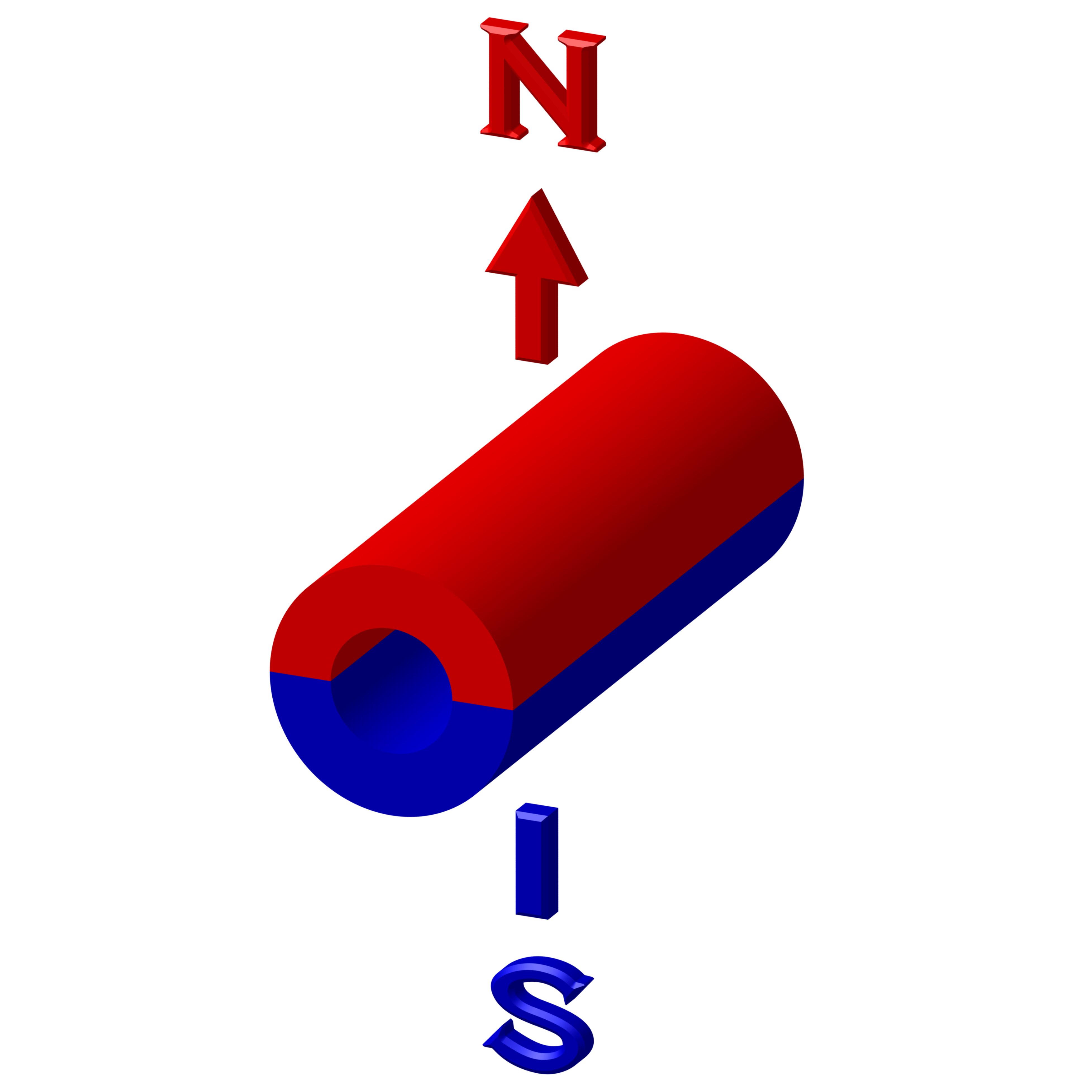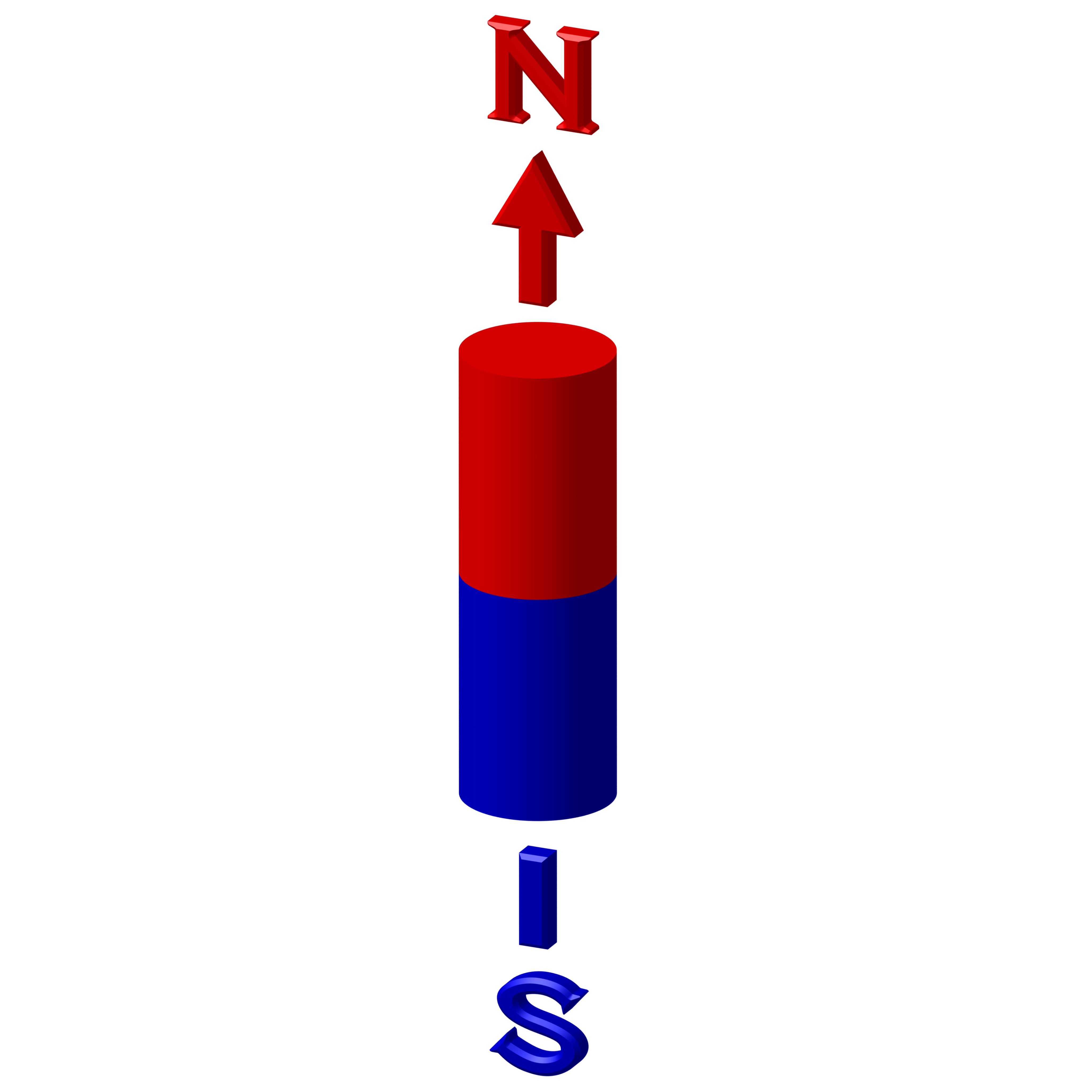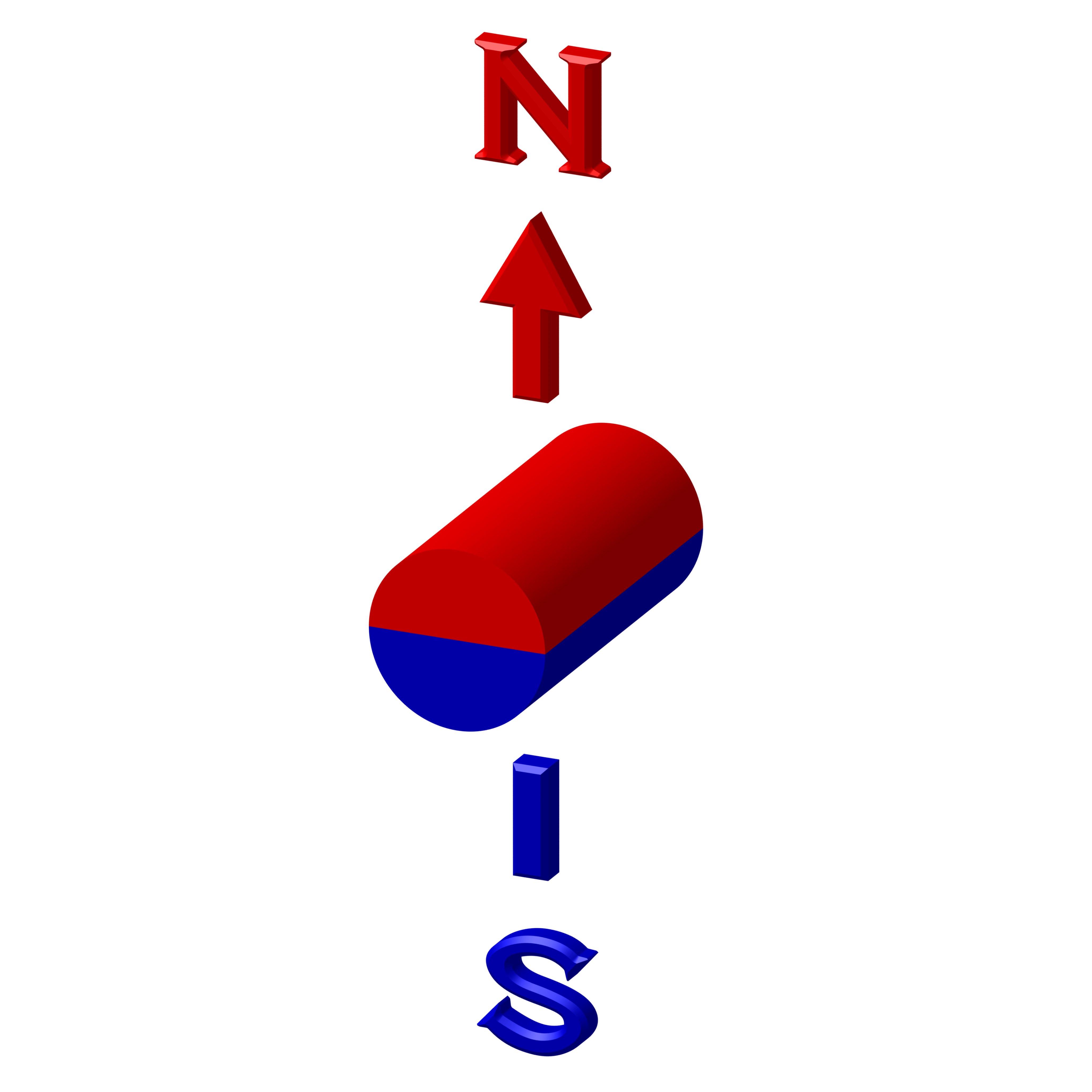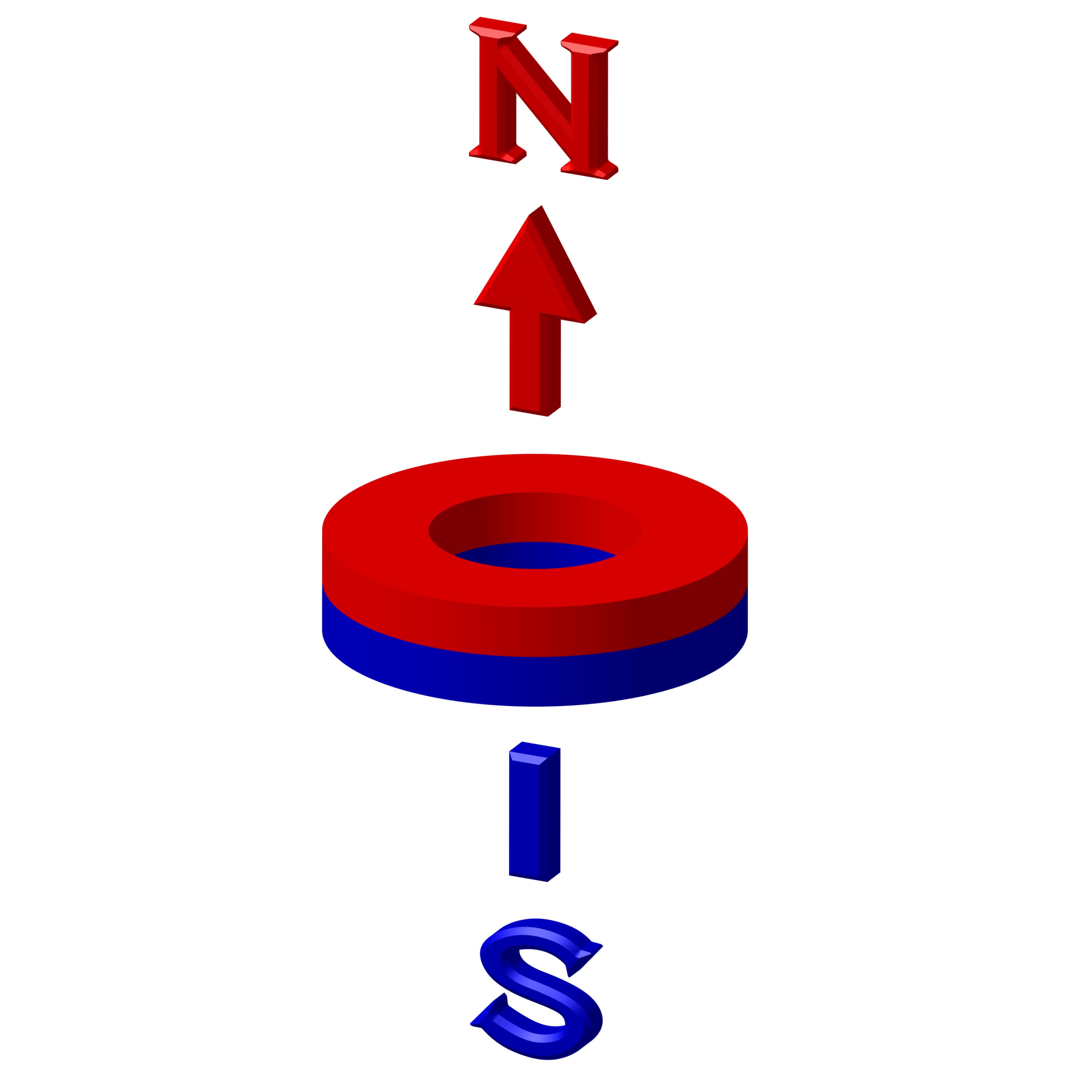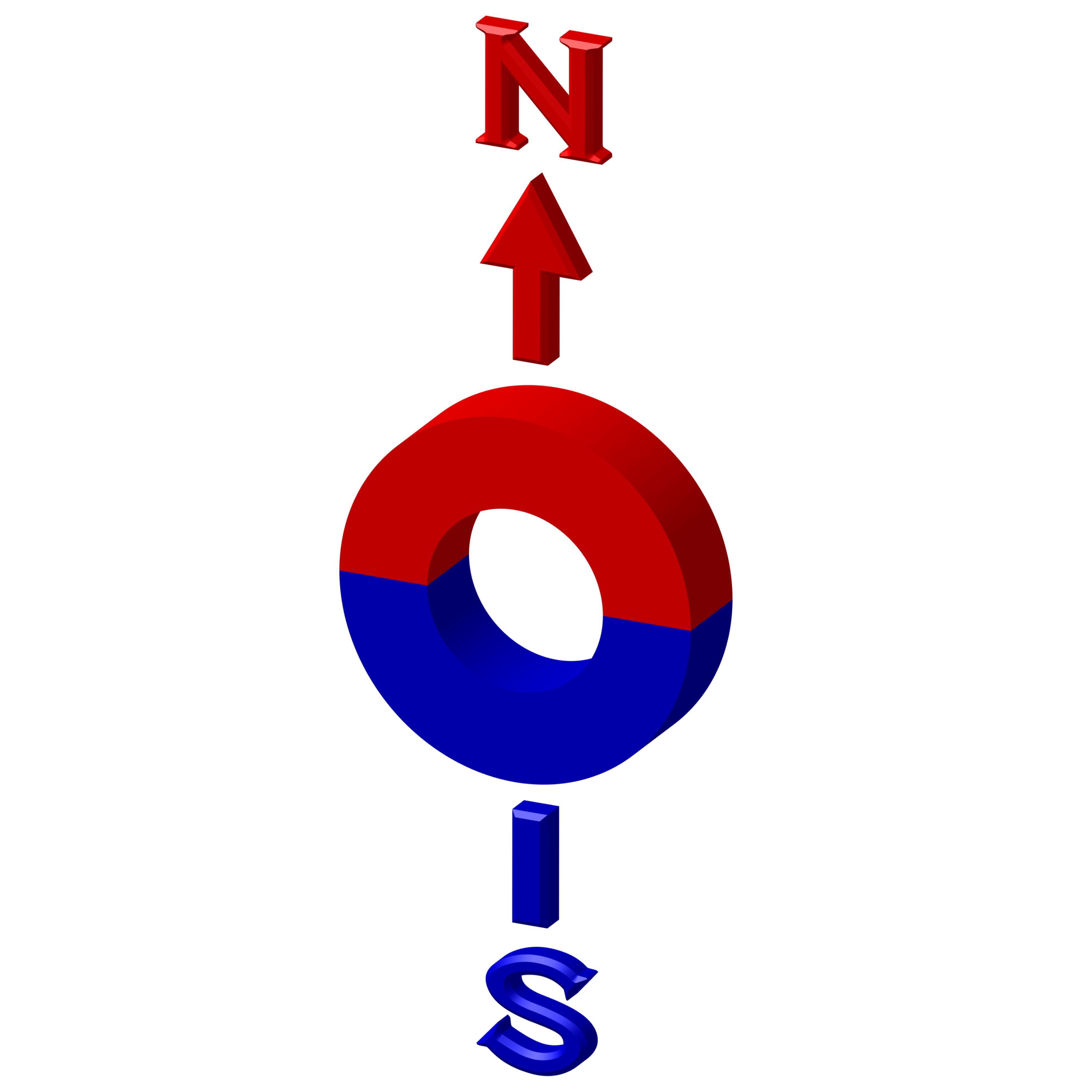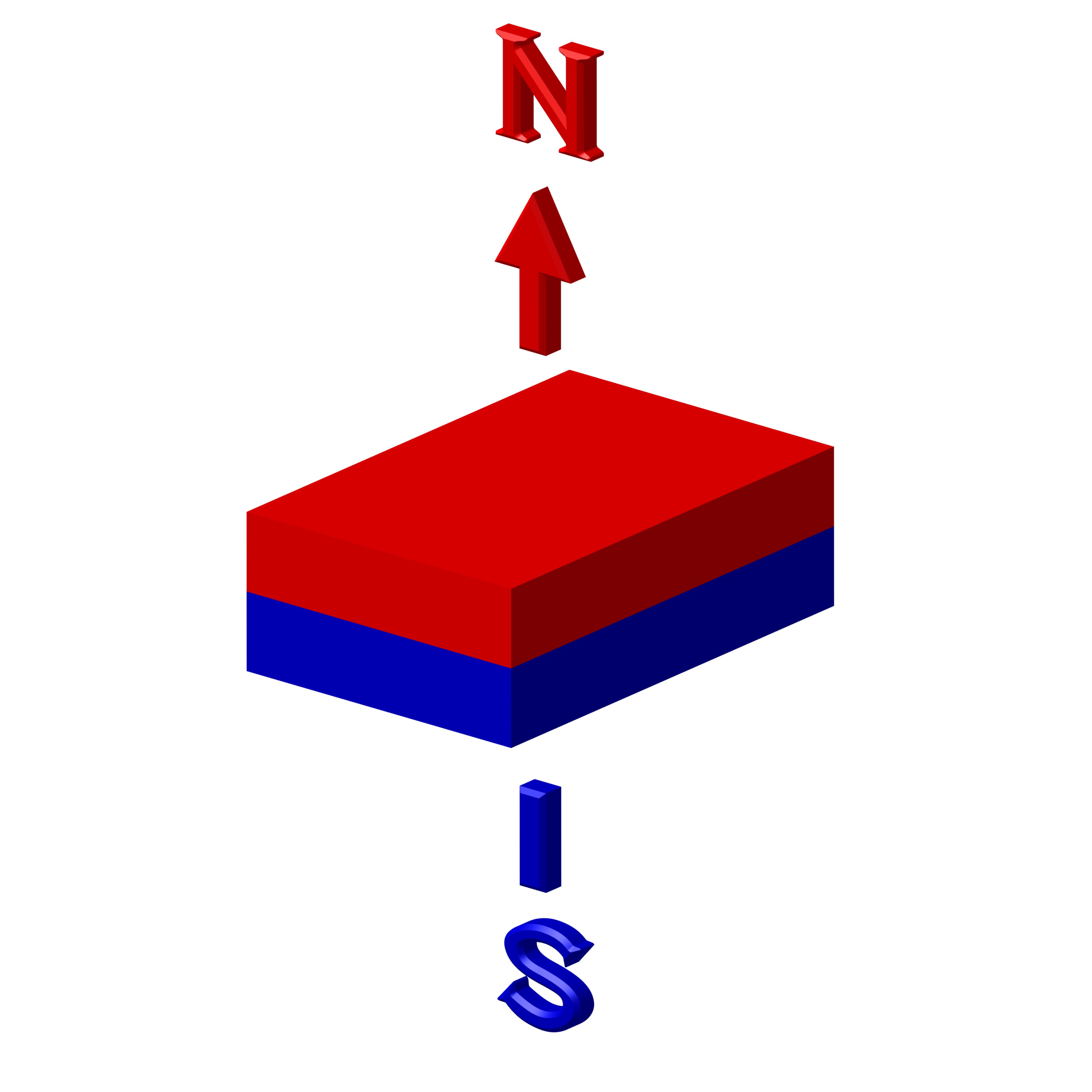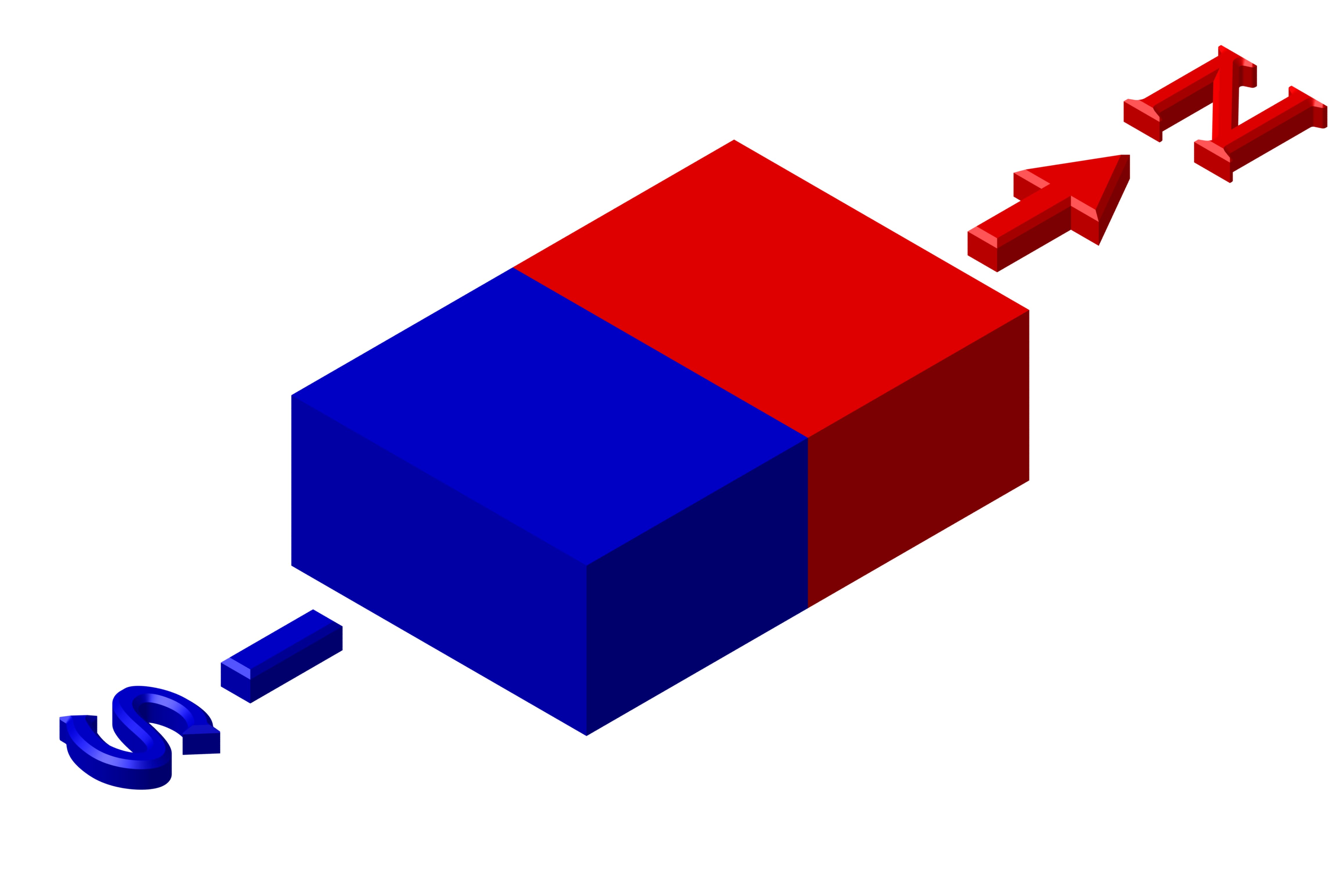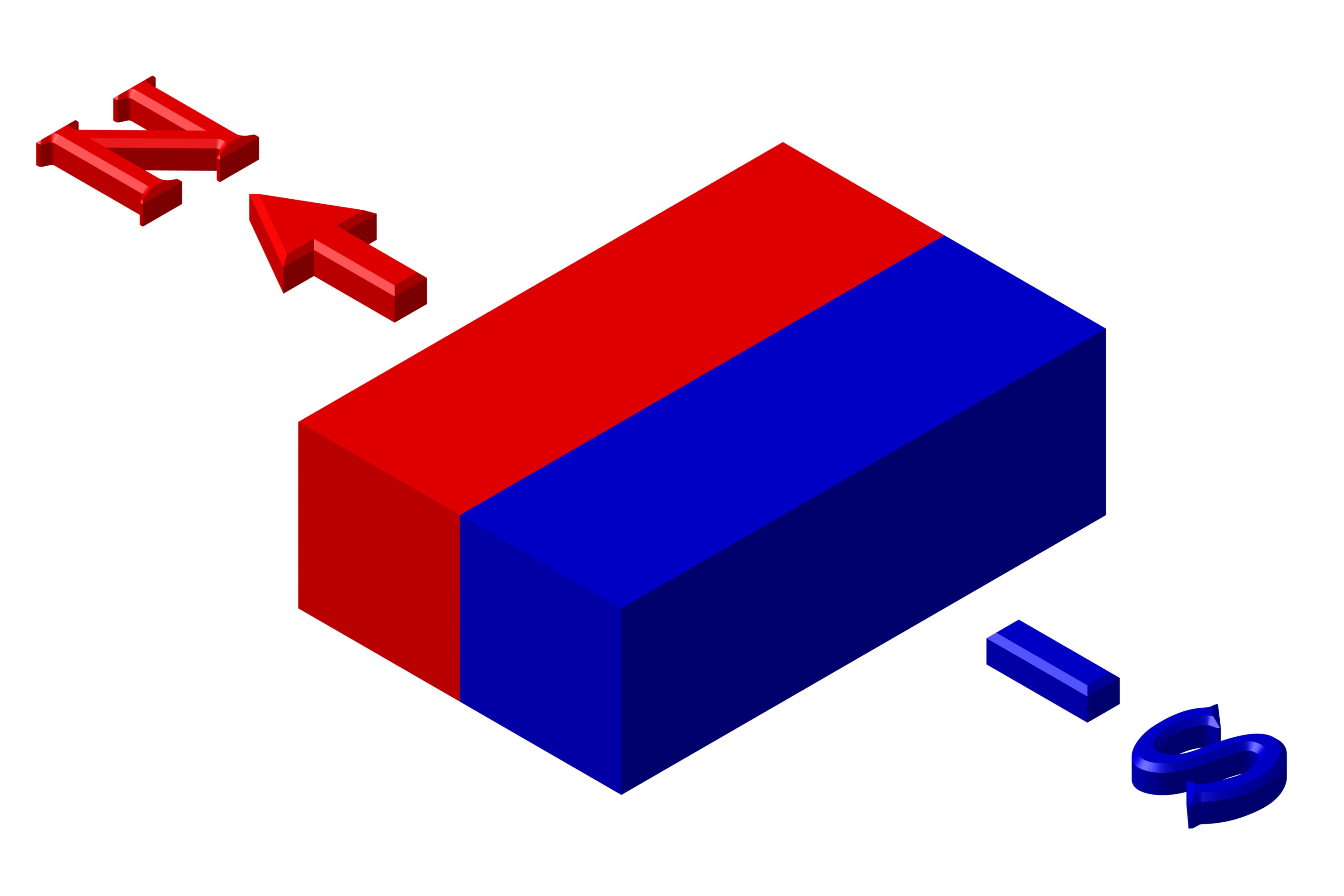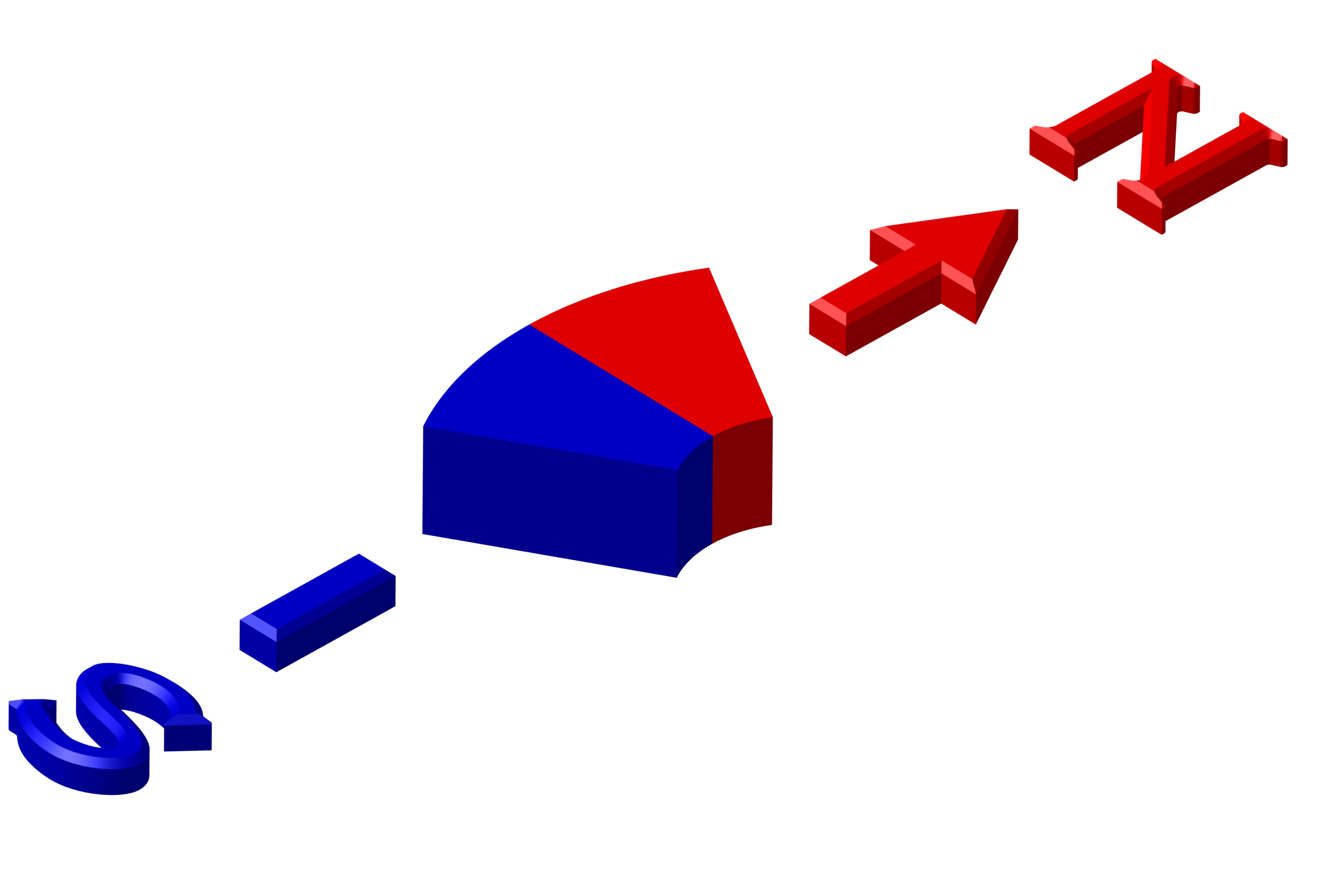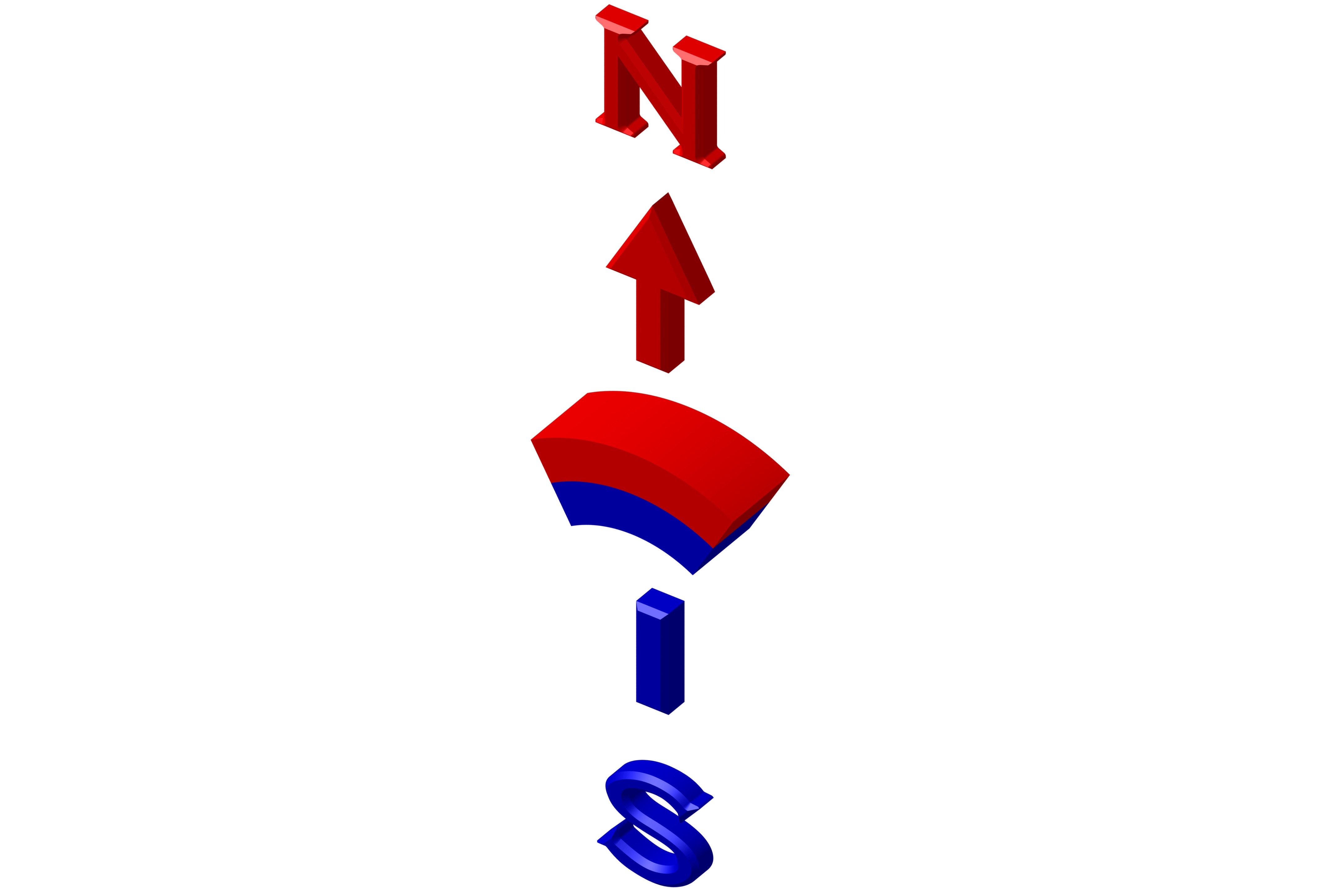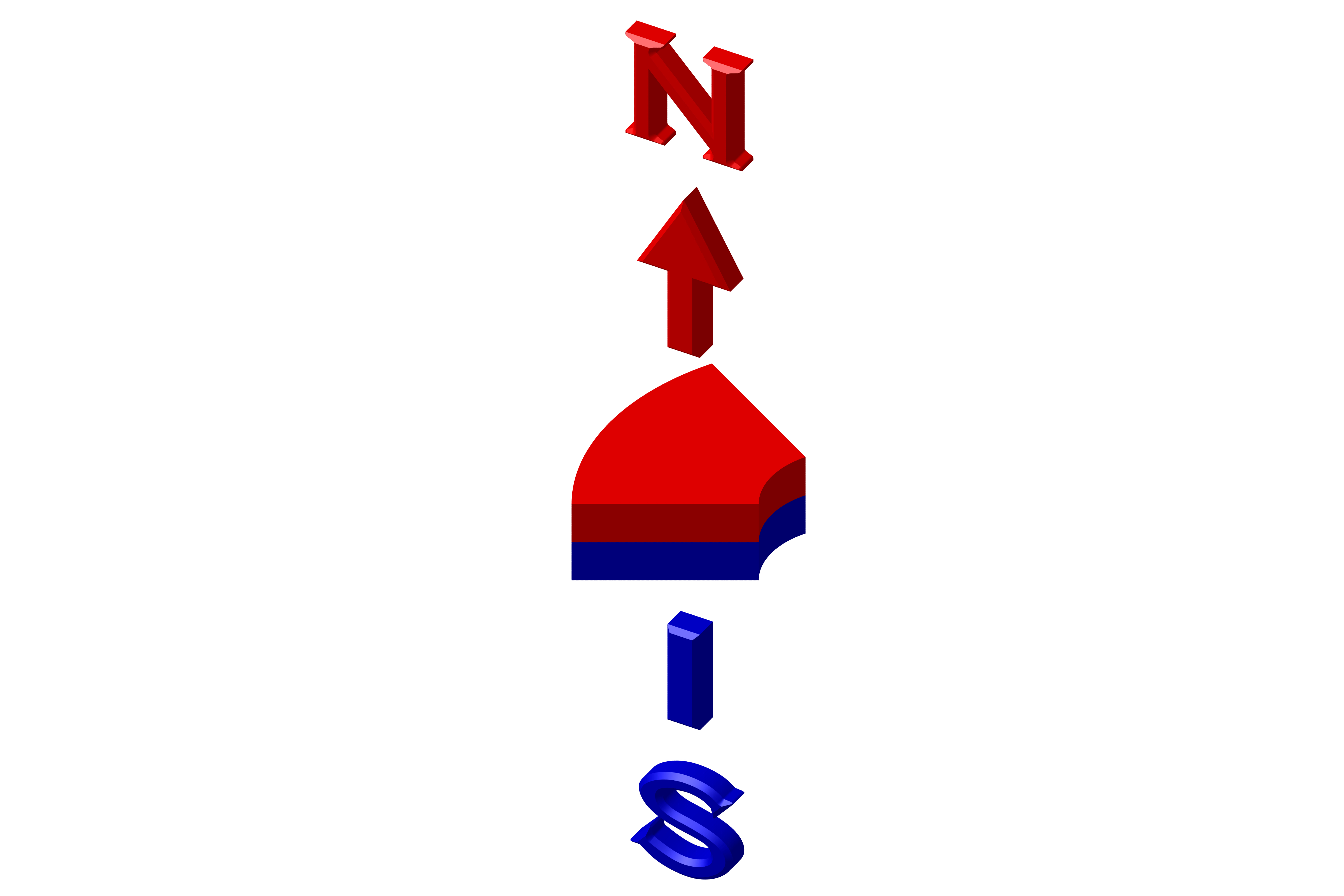Samarium Cobalt (SmCo) magnets, of the Rare Earth class, have been available since the early 1970's. They are made from the alloys samarium and cobalt. These magnets possess very high magnetic properties and excellent thermal stability, while remaining resistant to corrosion. These characteristics make SmCo magnets ideal for applications requiring a resistance to wide-ranging temperatures and environments.
Samarium Cobalt magnets are manufactured by sintering or compression bonding. They are anisotropic and can only be magnetized in the direction of orientation. The material is easily magnetized in one direction, but is able to prevent magnetic pull in any other direction.
We can provide custom shapes and sizes of samarium cobalt magnets by working with you to create your unique specifications. Some of the different shapes include:
- Arc
- Bar
- Rod
- Disc
- Horseshoe
- Channel
- Block
- Ring
- Sphere
- Cylinders
- Plugs
- Cube
Applications of Samarium-Cobalt Magnets
Samarium-Cobalt magnets are ideal for corrosive environments with high temperatures. The following are some of the common industries and applications for Samarium-Cobalt magnets:
Common Industries That Use Samarium-Cobalt Magnets
- Aerospace
- Automotive
- Food Processing
- Marine
- Medical
- Military
- Manufacturing
Common Applications for Samarium-Cobalt Magnets
- Generators
- Motors
- Couplings
- Magnetic Separators
- Sensors
- Transducers
- Medical Devices
- Cryogenic Applications
Contact us or request a quote to find out how we can help you.
Magnetism Direction Options
We can offer several different magnetization directions, see below schematics. Their availability is limited to size. Magnetization fixture cost may apply for large and custom magnets with magnetization other than what is shown below
The table below offers some guidelines for selecting a grade that will best suit your application.
Sintered Samarium Cobalt Magnets Grades & Properties
| Grade | Residual Induction Br (max) [Gs] | Max Energy Product BH (max) MGOe | Coercive Force Hcb Koe | Curie Temp. [˚C] | Temp. Coe of Br [%/˚C) | Max. Practical Operating Temp. [˚C] | Series |
|---|---|---|---|---|---|---|---|
| SmCo18 | 8000 | 18 | 8.0 | 750 | -0.022 | 250 | 1:05 |
| SmCo20 | 8500 | 20 | 8.0 | 750 | -0.022 | 250 | 1:05 |
| SmCo22 | 9000 | 22 | 8.2 | 750 | -0.022 | 250 | 1:05 |
| SmCo24 | 9800 | 24 | 8.5 | 800 | -0.022 | 300 | 2:17 |
| SmCo26 | 10000 | 26 | 9.0 | 800 | -0.022 | 300 | 2:17 |
| SmCo26L | 10500 | 26 | 5.2 | 800 | -0.022 | 300 | 2:17 |
| SmCo28 | 10300 | 28 | 9.5 | 800 | -0.022 | 300 | 2:17 |
| SmCo30 | 11000 | 30 | 6.0 | 800 | -0.022 | 300 | 2:17 |
Br: Residual Induction
Gs: Gauss
Hc: Coercive Force
Oe: Oersted
˚C: Degree Celcius
MGOe: Mega Gauss Oersted
Standard Tolerances (inches);
All shapes and sizes (±0.005)
Caution!
Extreme caution must be taken when working with rare earth magnets. Magnets larger than a few centimeters are strong enough to cause injuries to body parts pinched between two magnets, or a magnet and a metal surface, even causing broken bones. Magnets allowed to get too close to each other can strike one another with force to chip and shatter the brittle material, and the flying chips can cause injuries.


